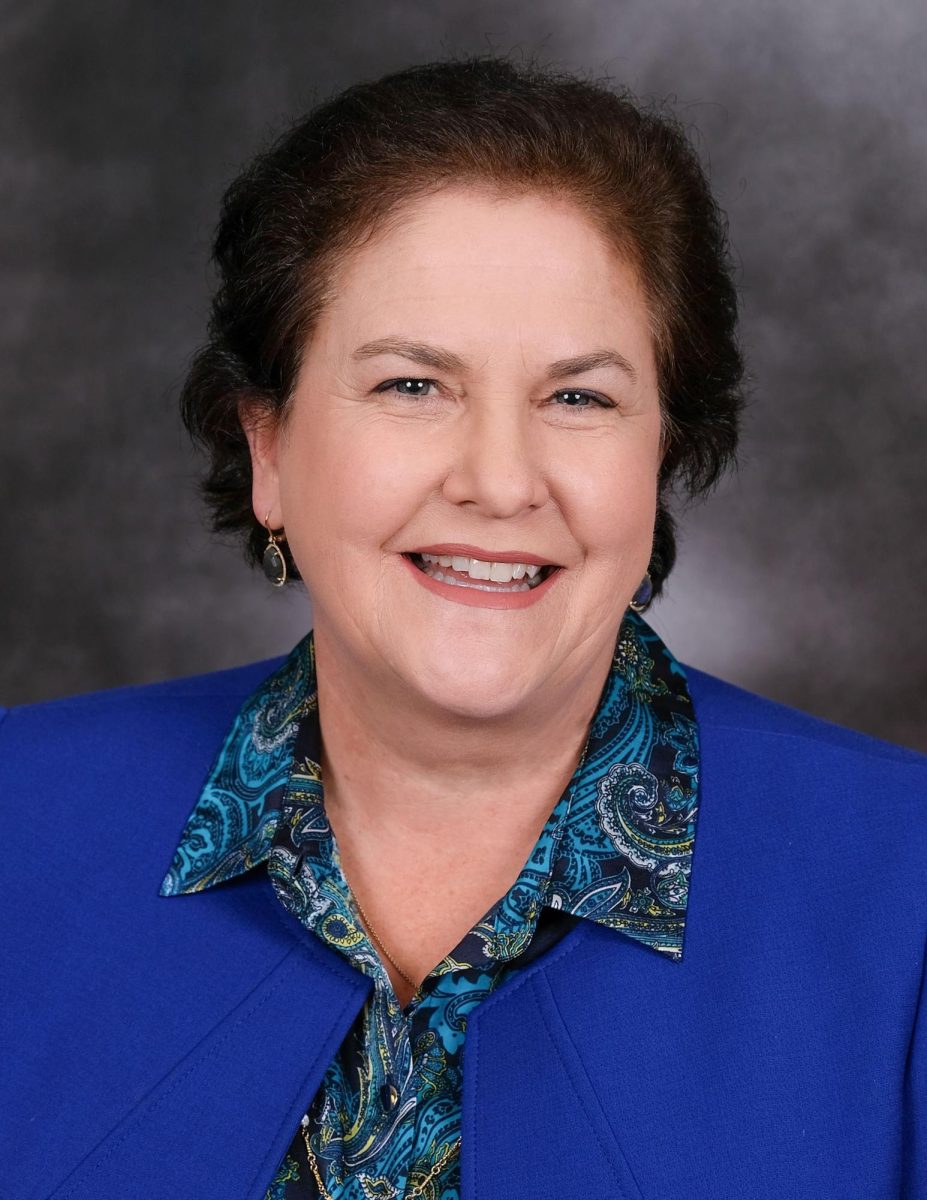In an age where buying and listening to music is as easy as clicking a mouse or tapping a smartphone, old-fashioned vinyl records have undergone a revival at Redwood.

According to Gary Scheuenstuhl, the owner of Mill Valley Music, vinyl records have made a comeback in Marin, especially among teenagers.
“In 2014, new vinyl sold 49 percent more than the previous year, which seems to be the only aspect of growth in the music industry today,” Scheuenstuhl said.
Junior Chris Berreman boasts a collection of over 200 records, with albums ranging from Duke Ellington’s early years to Ed Sheeran’s “X,” released in 2014.
“My grandmother still listens to records. When I used to go over to her house, we would listen to them together and I just found them to be really interesting,” Berreman said.
Vinyl records are analog recordings which capture the complete sound waves of the music, whereas the digital recordings that are found on CDs and MP3s don’t capture the full sound. Vinyl’s sound structure also allows it to enhance the recording’s clarity.
“It’s not something you would necessarily hear, but you can definitely feel the difference,” Berreman said.
Likewise, sophomore Tara Antee, the owner of over 700 vinyl records, finds the sound of vinyl to be more appealing, as it creates a more communal music experience.
“When my friends come to my house, we always play records,” Antee said. “I love the crackling [sound], and I feel there’s a big difference in the connection that you feel with the music because you have the album cover and all of the information about the record right in front of you.”
Scheuenstuhl, who has sold vinyl records for over thirty years, said that kids nowadays have made a habit of buying records for the social aspect.
“You buy a record and it becomes kind of a communal thing where you bring it to your friend’s house and you sit down and listen to the record,” Scheuenstuhl said. “There’s a whole listening experience with a group and it’s really cool.”
Aside from the appealing social aspects of listening to vinyl records, the overall experience is far different from listening to music on iTunes, Spotify, or CDs.
“When I listen to music electronically, I have a horrible habit of skipping songs before I finish them,” Berreman said. “When you listen to a record it sort of forces you to listen to each full song in the order that the artist intended.”
According to Scheuenstuhl, the growing interest in vinyl records has helped to keep him in business. “Even when I started selling records, I’ve always thought of vinyl as a better way to listen to music,” Scheuenstuhl said. “If I was just selling CDs, my store wouldn’t be alive right now.”
Although vinyl is commonly perceived as a way of only listening to older music, new records are constantly being produced in the form of vinyl. According to Scheuenstuhl, almost every record that comes out on CD also comes out on vinyl.
Antee, inspired by her father to get into older vinyl records, has branched off on her own, collecting records from contemporary artists as well. “I mainly like to listen to 40’s and 50’s music, but I also have a lot of modern records from artists such as Flume, Alt-J, Fleet Foxes, and Grimes,” Antee said.
In addition, Berreman argues that buying records is not actually a costly form of purchasing music. “It’s truly an inexpensive form of buying music,” Berreman said. “Once you have the equipment to play it, you can find records at thrift stores or pawn shops for a dollar each.”
While Antee and Berreman are continuing a trend that musicians and fans alike have been following for over 60 years, they are also starting a new one, emphasizing the importance of the physical record in a digital world.





